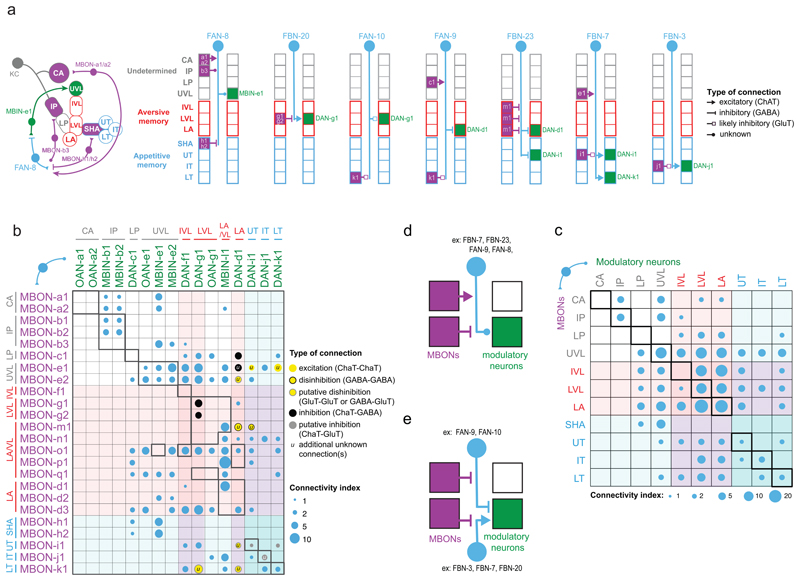Figure 3. Modulatory neurons receive convergent one-step feedback from multiple MBONs from functionally distinct compartments.
a Diagram representing the connectivity of 7 example pairs of homologous FBNs. Boxes indicate separate MB compartments, with presynaptic MBON(s) on the left side, and postsynaptic modulatory neuron(s) on the right. When known (Extended Data 9 and Eichler et al. 2017), the neurotransmitter profiles of the MBONs and FBNs are indicated by the type of arrow. See Extended Data 5 for diagrams of each of the 40 FBNs.
b Connectivity matrix shows the one-step feedback connections between MBONs and modulatory neurons via FBNs, obtained by multiplying the MBON→FBN, and FBN→modulatory neuron normalized connectivity matrices. Connectivity indexes are the square roots of the matrix products. Colored circles indicate putative signs of connections if neurotransmitters of both MBONs and FBN(s) are known. Red and blue color shades, aversive and appetitive compartments, respectively. Pure within-compartment connections (excluding multi-compartment MBONs) are boxed in bold. The four pure within-compartment connections with known neurotransmitters are potentially inhibitory, in contrast to cross-compartment connections.
c Connectivity indexes from (b) pooled per compartment.
d-e Summary diagram of commonly observed convergence motifs. d, Many FBNs (at least 13) receive convergent inputs of opposite sign (i.e. excitatory and inhibitory) from functionally distinct compartments. e, DANs (e.g. DAN-g1 and DAN-i1) receive convergent inputs of opposite sign from functionally distinct compartments, via distinct one-step FBN pathways.

